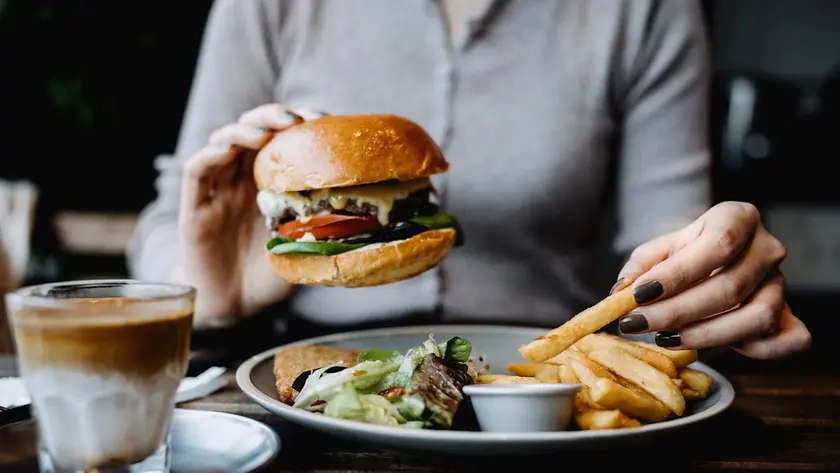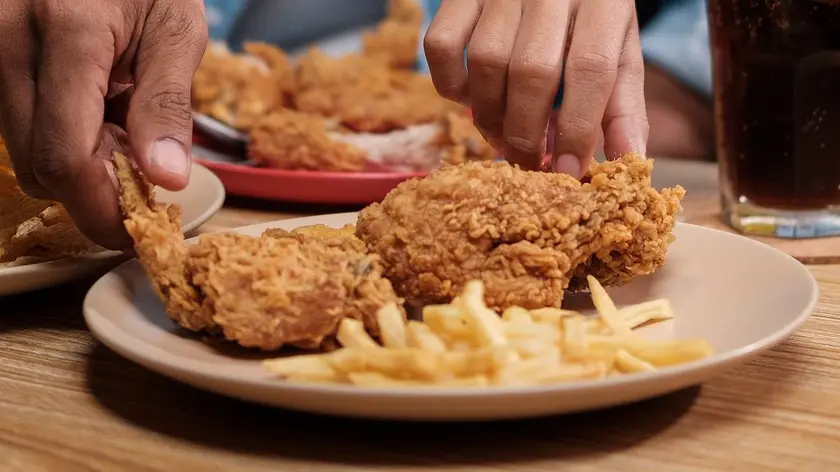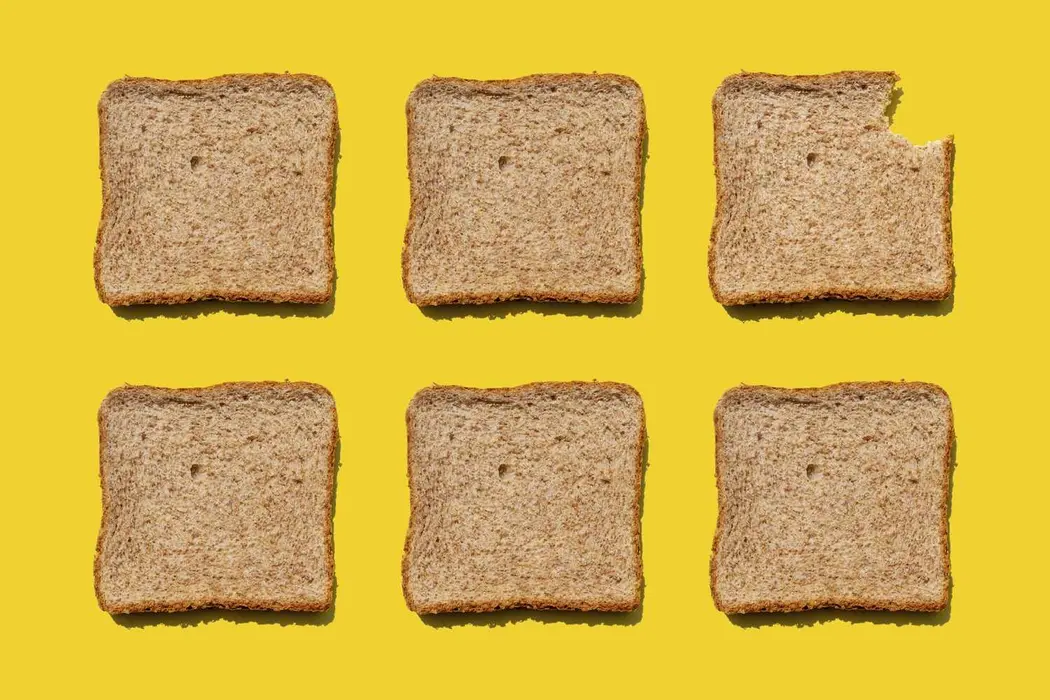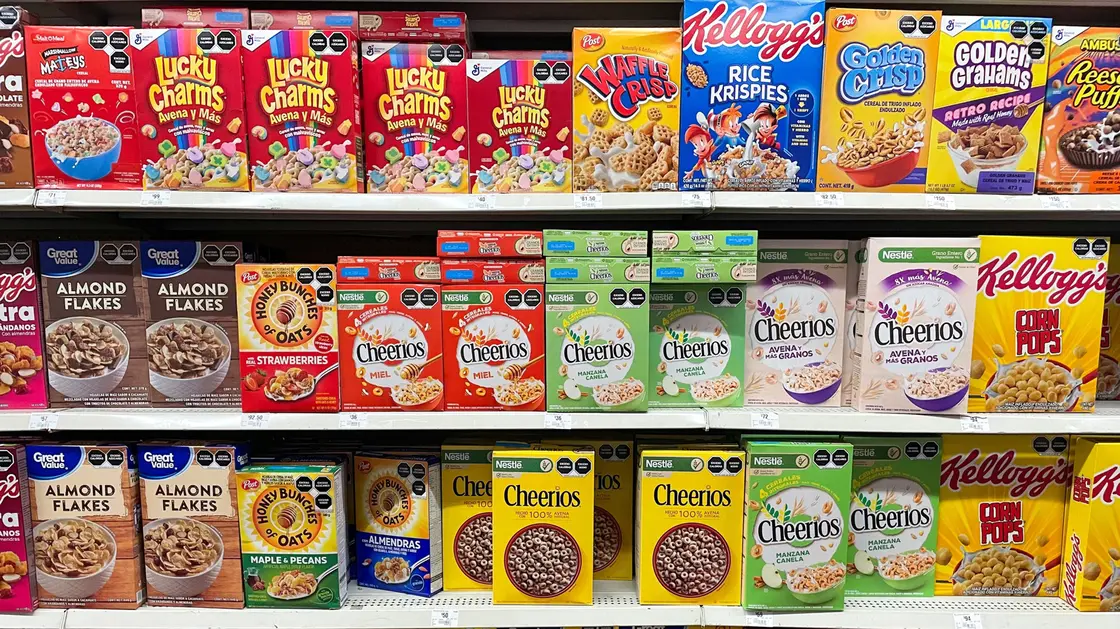T4K3.news
AHA List Healthier Ultra-Processed Foods
AHA advisory breaks down ultra-processed foods into healthier and less healthy options and offers practical swaps for readers.

A new advisory from the American Heart Association sorts ultra-processed foods into healthier and less healthy options and explains how to choose wisely.
AHA Highlights Healthier Ultra-Processed Foods
The American Heart Association released a scientific advisory on ultra-processed foods. It says many foods in this group are linked to health risks, but not all are equally bad. The NOVA scale classifies foods by how processed they are, from unprocessed to ultra-processed. Ultra-processed foods often contain added sugar, salt, artificial colors, and preservatives. The report notes that up to 70 percent of the U.S. food supply is ultra-processed and urges focus on high risk subgroups to guide healthier choices within this category.
Experts highlight some options that are considered better within this group, such as low-sodium whole grain breads, low sugar yogurts, tomato sauces, bean or nut spreads, dry roasted chickpeas, and unsweetened dried fruit snacks. They stress that these foods can provide nutrients and be convenient, but they should still be paired with more whole foods. The report also lists the least healthy ultra-processed foods, including chicken nuggets, sausages, sugar drinks, cookies, and ready to heat meals. The central message is to tilt toward whole foods and use ultra-processed items to fill gaps when needed, not as the main course.
Key Takeaways
"Ultra-processed foods are such a large part of the American diet, and whatever we can do to steer our diet toward healthier options would be beneficial to our cardiovascular health."
Dr Chen on the role of ultra-processed foods in the diet
"Some ultra-processed foods can provide essential nutrients."
Keri Gans on nutrient content in some ultra-processed items
"Labeling all ultra-processed foods as bad may discourage useful options."
Kathleen Moore on labeling
"Think of healthier ultra-processed foods as a tool, something you lean on when they help balance your diet."
Dr Kim on using healthier ultra-processed foods
The advisory mirrors a long debate in nutrition about processing and health. It acknowledges convenience and affordability while urging a shift toward foods with better quality. In this view, labeling becomes a practical tool to help people decide without demonizing a whole category.
But translating this message into everyday choices will challenge many households. Price, access, and time matter, and foods marketed as healthy ultra-processed options can blur lines. The test is whether guidance translates into sustainable, affordable changes that improve heart health over time.
Highlights
- Healthy ultra processed options are a tool not the star of the plate
- Stock your pantry with whole foods and use ultra processed options sparingly
- Labeling helps, but moderation remains the rule
- Balance beats perfection in every bite
Small changes add up when meals become more intentional.
Enjoyed this? Let your friends know!
Related News

Not all ultra-processed foods are bad for you

UPF guidance clarifies risk range

Foods Linked to Worsening Inflammation Identified

Nutritionist advises against daily processed food intake

Study links popular snacks to higher dementia risk

Experts Recommend Foods for Heart Health

Harvard gastroenterologist reveals foods to avoid

Dangerous Cereals Listed for Consumers
